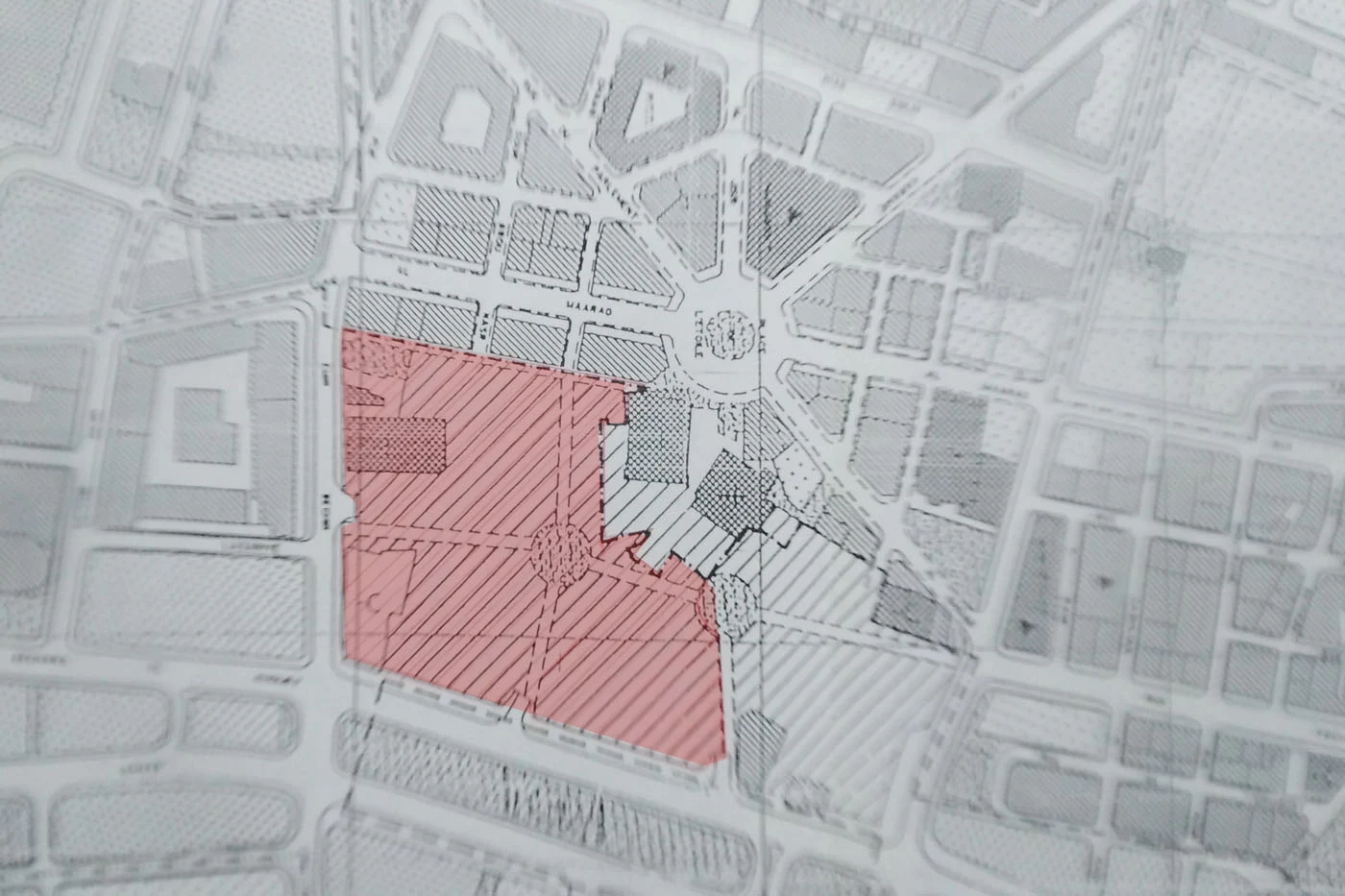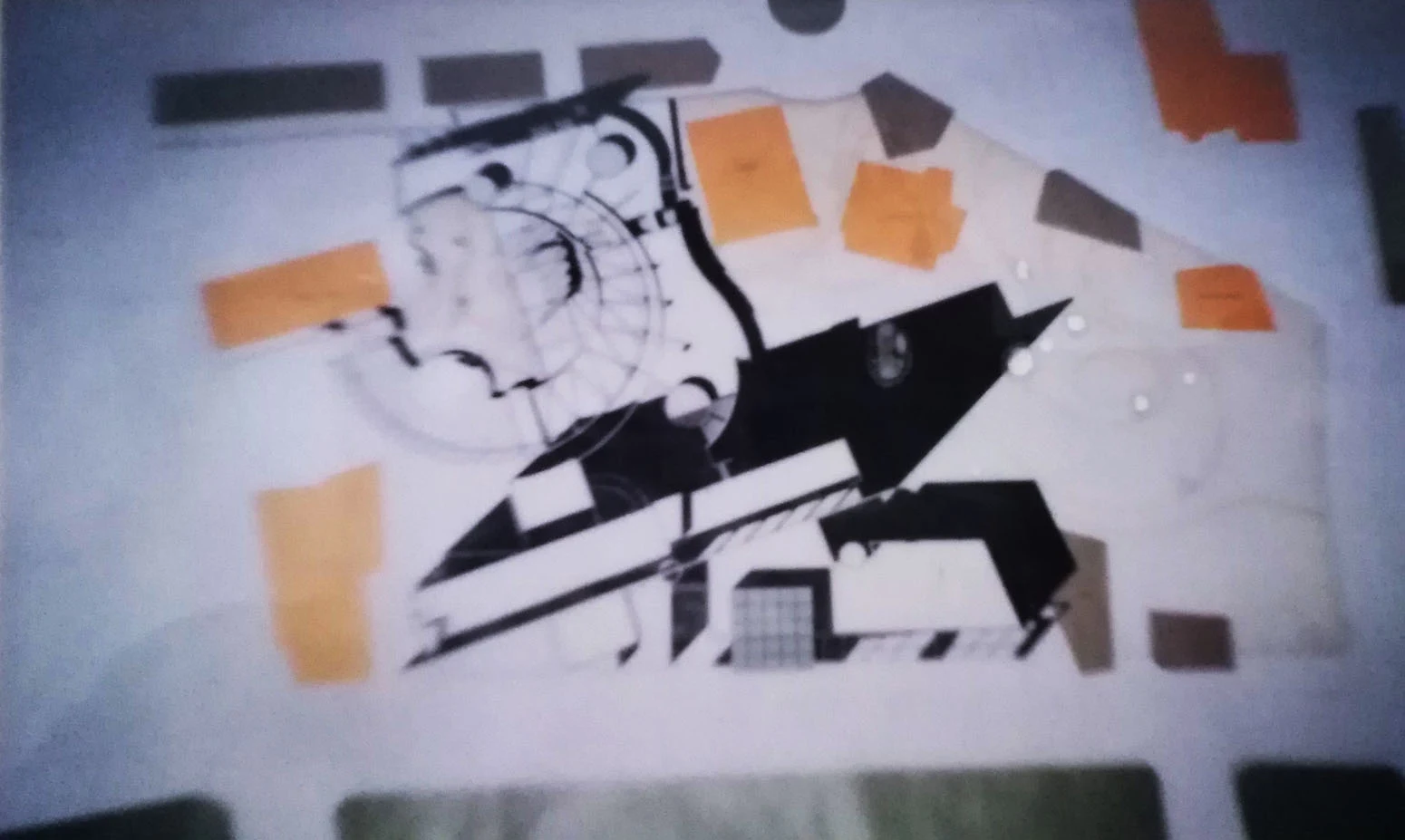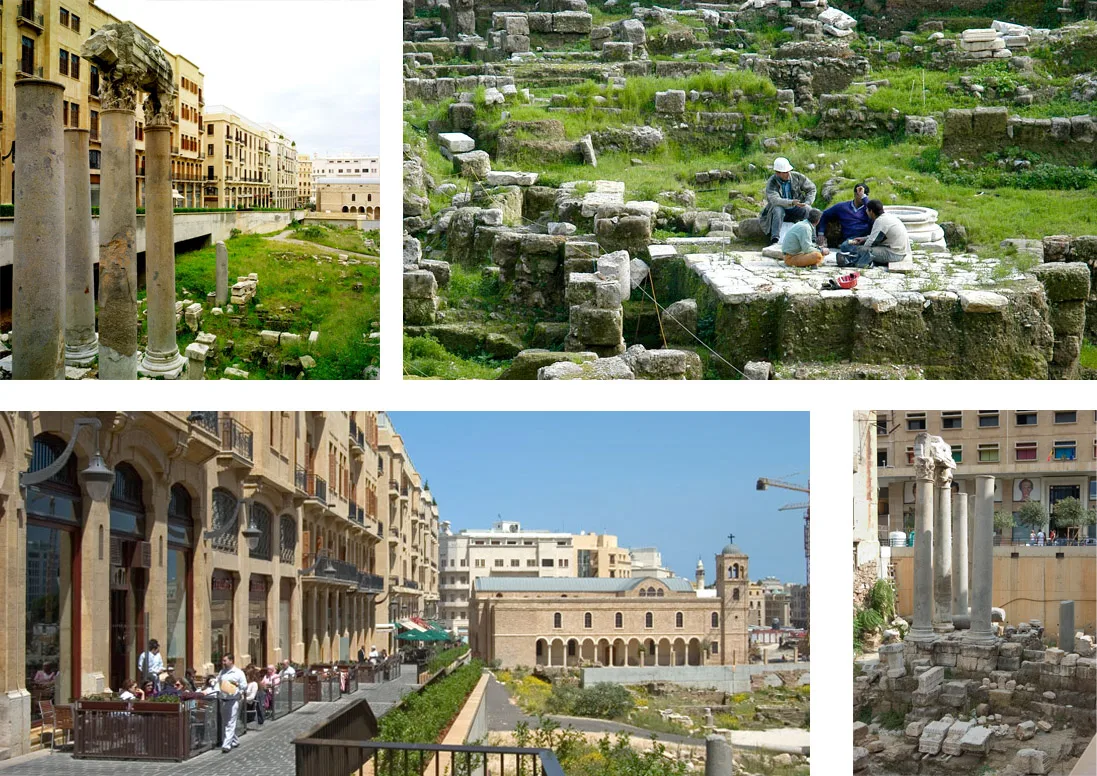Sustainable Preservation of Nation's Heritage in Downtown Beirut
A Sustainable Approach to Archaeological Conservation in Downtown Beirut
In this unique and original overview today, we'll discuss how to preserve Beirut's rich heritage within its natural environment in downtown Beirut. As you may know, Beirut is a city with a long and fascinating history, and its downtown area is a treasure trove of archaeological excavations and architectural wonders, that is worth a visit, at least once in a lifetime!
However, with the rapid urbanization and modernization of the city, there's a risk of losing these precious remnants of the past. In this blog, I will be sharing the importance of preserving Beirut's heritage and will discuss the various initiatives and strategies being undertaken to protect and showcase the city's historical gems.
In the core of Lebanon lies a city with a rich tapestry of history, culture, and heritage—Beirut. As a student passionate about preserving cultural legacies within their natural context, I embarked on a journey to explore how Beirut's downtown area could serve as an ideal site for such a project.
This architecture diploma dissertation delves into the selection process, the significance of the chosen site, and the proposed project's components aimed at safeguarding Beirut's heritage amidst its natural environment. So, having that said, let's delve into the captivating journey of preserving Beirut's heritage!
 |
| The cover of my Architecture diploma dissertation, edited from a publication by Solidere: Paths of History |
As I mentioned earlier in a previous post on my blog, I will introduce my approach to properly solving the housing and preserving the discoveries within the excavations that took place years ago in downtown Beirut. So, I took the hard challenge and transformed this idea into a reality for my architectural diploma thesis in my last year of Graduation.
Selection of the Site
The selection of downtown Beirut as the focal point for this project was not arbitrary but deliberate. Its historical significance, coupled with its intricate urban fabric, makes it an unparalleled choice. It also stands as a symbol of Lebanon's resilient past, bearing witness to centuries of civilizations, from Phoenician and Roman settlements to Ottoman and French influences. Read more >
Furthermore, its strategic location along the Mediterranean coast enhances its importance, serving as a crossroads of cultures and civilizations. So, as mentioned before in the fourth blog post from this series, and as shown in the map below: this is the general layout and the site location of the proposed project.
 |
| The site chosen (in red) will accommodate the project proposal. Photo by: documents from Solidere. |
Analysis of the Site
A comprehensive study of the site revealed the urgent need for natural preservation of the archaeological discoveries unearthed through excavations. Beirut's downtown area, amidst rapid urbanization and development, faces numerous challenges to its cultural and environmental integrity.
Without proactive measures, these precious remnants of the past risk being engulfed by modernization, losing their intrinsic value and historical context. Preserving Beirut's heritage within its natural environment entails a multifaceted approach.
It involves not only safeguarding the physical artifacts but also integrating them harmoniously into the urban landscape. This necessitates collaboration between archaeologists, urban planners, conservationists, and local communities to devise sustainable strategies for long-term preservation.
Some of the Architectural Characteristics Used in the Project
When it comes to the architectural design, or better, the Concept of the project, I tried to take into account its particular location among existing buildings in its surroundings and the unique archaeological and architectural value they represent.
These edifices were cited in a previous post from my blog here, but I will just list them here by name:
- St. George’s Maronite Cathedral to the south,
- Prince Assaf Mosque to the north,
- and St. George’s Orthodox Church to the west
- in addition to the archaeological excavations, as I define it as a focal point for the rest of the project's sections;
The central circle around which these sections revolved, and the center of the circle was the starting point for linear beams that had two main goals; (see the Image below)
 |
| View of the mass plan indicating clearly the concept described here, in this post. |
- The first is structural - it was relied upon to load all the architectural elements (walkways, roofs, etc...) However, distorting discovered antiquities by embedding them with concrete columns won't work and is undesirable.
- The second goal is architectural, as I made these linear beams or carrying bridge rays originating from the heart of the past and the ancient heritage of the city of Beirut, and here it is a metaphorical expression to embody the idea. These rays are heading toward a bright and prosperous future. We all learnt from the renowned quote:
"There is no bright future for a community if it ignores, hides, or forgets its past and history and do not preserve them."
As for the facade or the elevation located directly on the Martyrs' Square, it is effectively in harmony with the history of that place, and the surrounding buildings, which symbolize historical and heritage meanings for all segments of Lebanese society. (See Img. below)
 |
| Proposal for the front elevation of the project. |
My concept was referring clearly to the contemporary and modern architectural character; The outer wall, which was directly connected to the external environment, had a traditional character and was treated with white natural stone.
My concept consisted of creating that skin wall to make a feeling of connection between the past and the future. Behind it, came the actual wall that concealed and encased the glass and metal that symbolized modernity and the future.
The abundant use of light-reflecting glass in the elevations has its reason; it is due to the presence of the traditional and ancient edifices-landmarks that surround the site, which are numerous in this area. So then, the image of these constructions will reflect on the glass of the facades. The result is, from what we do not know or know, a wonderful blend of the old-restored, and the modern building.
Components of the Proposed Project and Its Objectives
So then, the proposed project encloses various activities and components aimed at achieving the overarching goal of preserving Beirut's heritage within its natural environment. Starting with those basics, I developed a series of objectives and targets to be adopted:
- Conservation and Restoration: Implementing meticulous conservation and restoration techniques to safeguard archaeological sites and artifacts from environmental degradation and human intervention, was the main target of such a huge project.
- Public Awareness and Education: Launching educational initiatives and outreach programs to raise awareness among the public about the significance of Beirut in the preservation of the nation's heritage in general, and the importance of its protection for future generations.
- Sustainable Development: Promoting sustainable urban development practices that prioritize heritage conservation while accommodating the needs of a modern society.
- Community Engagement: Fostering active involvement and participation of local communities in the preservation efforts, ensuring their ownership and commitment to safeguarding their cultural heritage.
- Policy Advocacy: Supporting the formulation and implementation of policies and regulations that prioritize heritage conservation and integrate it into urban planning frameworks.
As for the other standard facilities that can be included within the project, it will not be difficult to choose between entertainment and cultural knowledge; And the examples are so numerous and various that we cannot list them all here.
 |
Today, different views of the open site after completing the management of the open spaces are reserved for displaying the archaeological area and its discoveries. Image Source: Solidere.com |
Importance of Sustainable Preservation
Preserving Beirut's heritage within its natural environment is not merely a matter of preserving relics of the past, but safeguarding the identity and soul of a city. By embracing a holistic approach that balances conservation with development, we can ensure that future generations inherit a Beirut that is rich in history, culture, and environmental sustainability.
As we embark on this endeavor, let us remember that the true essence of preservation lies not in isolation but in integration, weaving the threads of the past into the fabric of the present, and creating a legacy that endures for generations to come.
With a commitment to sustainability and reverence for our shared heritage, we can pave the way for a brighter future—one where the echoes of Beirut's glorious past resonate harmoniously within its bustling streets and verdant landscapes.
In the end, by prioritizing the preservation of Beirut's heritage within its natural environment, we honor the legacy of those who came before us and lay the foundation for a more resilient and culturally vibrant city. Together, let us embark on this journey of preservation and renewal, ensuring that Beirut's heritage remains a source of inspiration and pride for generations to come.
.png)







